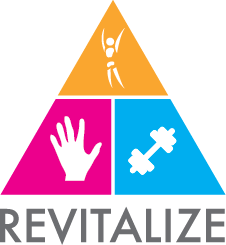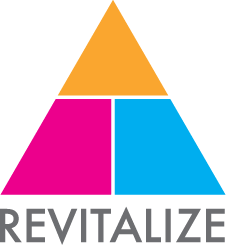I’m going to turn your perception of pain on its head, because most likely, it’s wrong and

this can lead to more pain, more misery and more confusion.
Most people think that:
TISSUE DAMAGE = PAIN
i.e. the more damage to your back, the more inflammation in your shoulder, the more pain. This is wrong
This is a more accurate equation of pain
TISSUE DAMAGE + PERCEPTION OF DANGER = PAIN
i.e. if you think you’ve done something really bad; the typical “omg, I’ve slipped a disc, I know I have. My dad did the same thing and now he’s bent over double…” your pain level can drastically increase. In fact, you can have pain with no tissue damage at all, just because your brain thinks you’re in danger. But you can have pain without tissue damage (i.e. chronic pain) which puts into perspective the overwhelming influence of the mind.
Remember hearing about the torture method of placing ice on the victims back after telling them that it’s a red hot burning rod. Exactly the same process and this discrepancy between tissue damage and perceived damage happens more likely than you think.
Don’t get me wrong, a lot of the time when people are in pain, there is a degree of tissue damage and this needs to be diagnosed, but remember the critical question to ask your practitioner is “how bad is this in comparison to most of the people you see”. You’ll likely recieve a reassuring reply.
And the process of your mind’s interpretation of pain plays a huge part in our clinical treatments. We often go through the process below
Reassurance -> Desensitisation -> Conditioning
This is basically assuring you that your injury isn’t as bad as you may have thought; desensitising your pain with gradual movement that helps to push the pain barrier further

away; conditioning the site of injury so that it is more resilient to trauma or strain which means a more confident you with a lower (or more accurate) perception of danger. And this really is most likely the main reason why our recovery rates are a lot quick that most clinics.
If you’re in pain contact us today to book in a free consultation so we can decide what is the best intervention for you.

